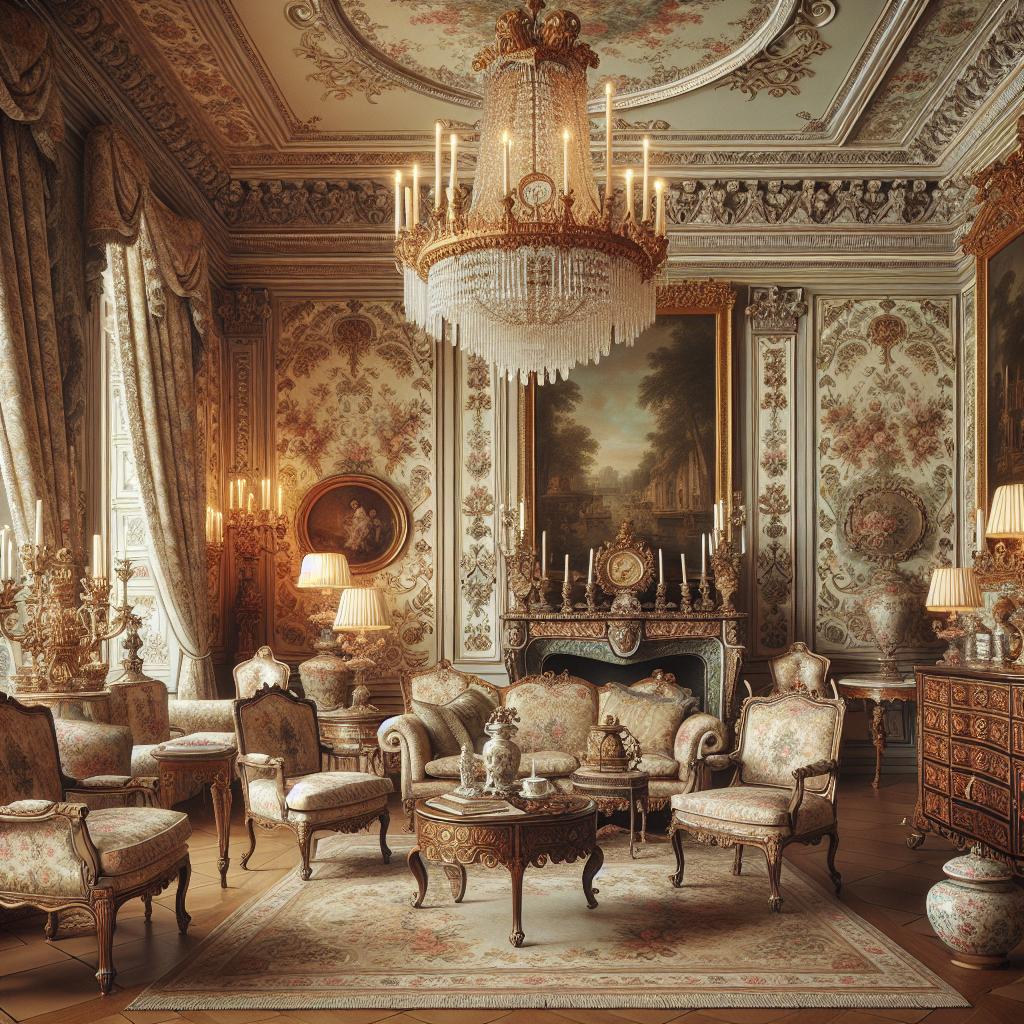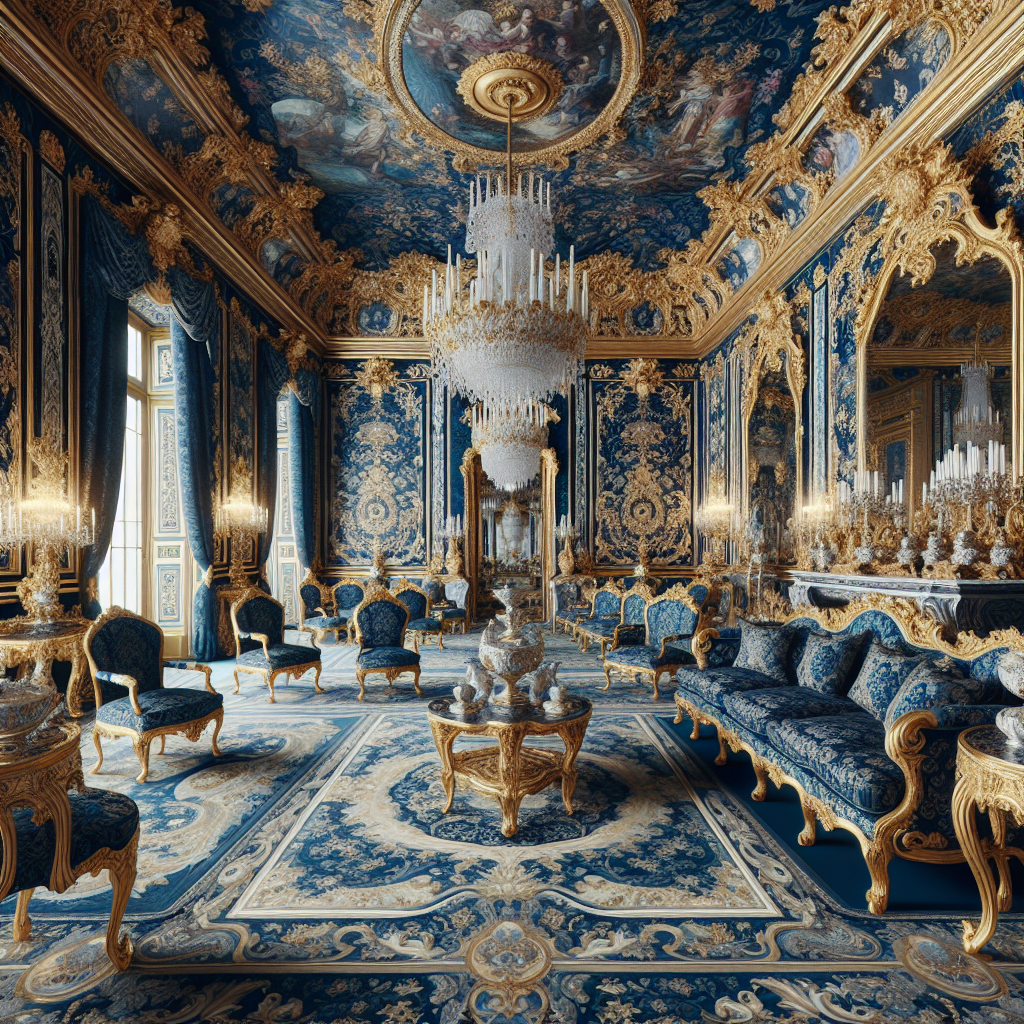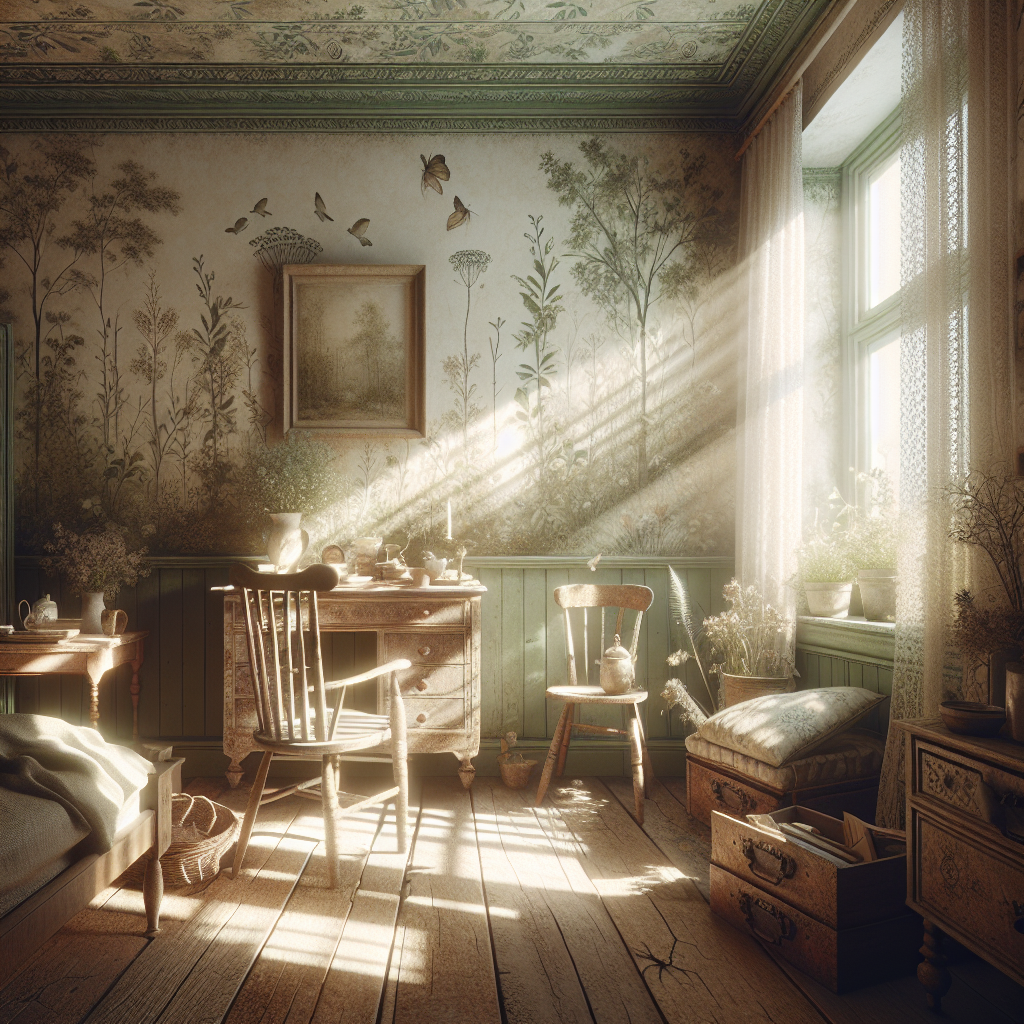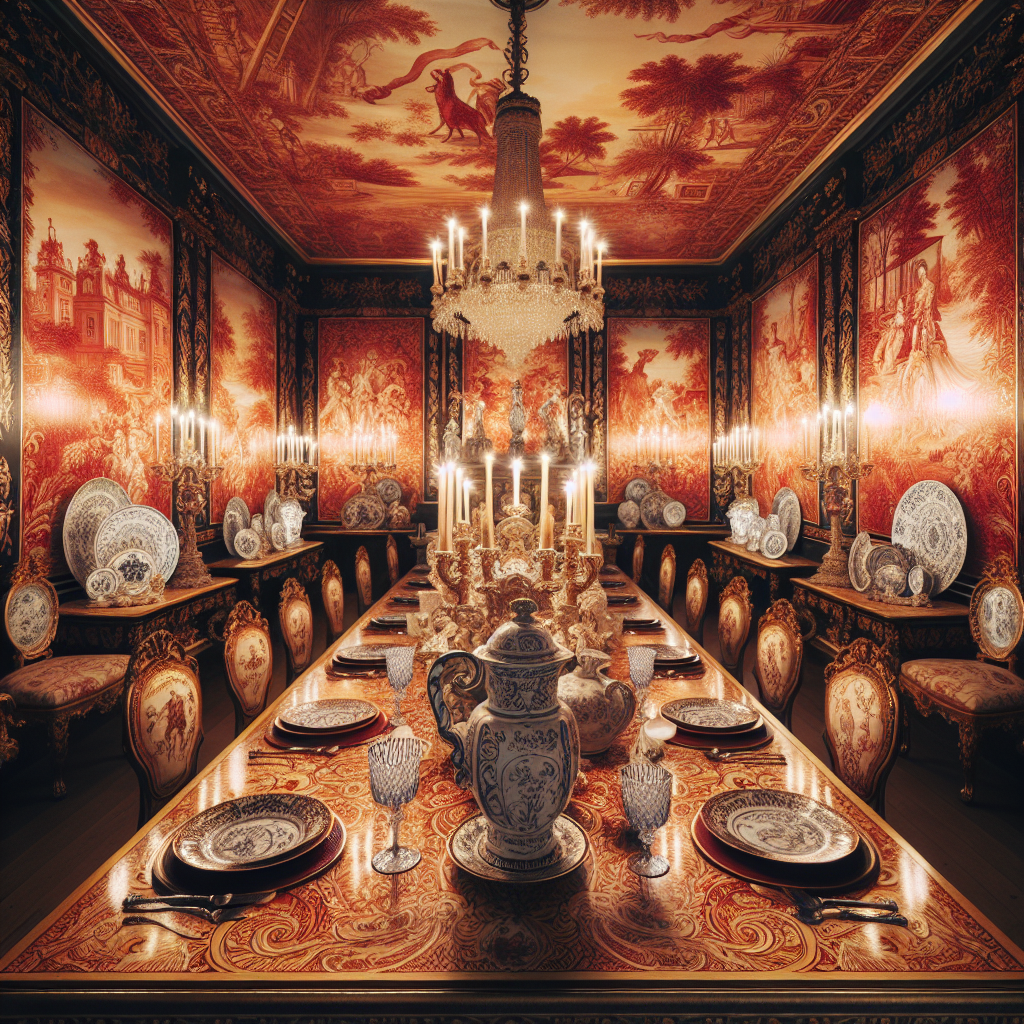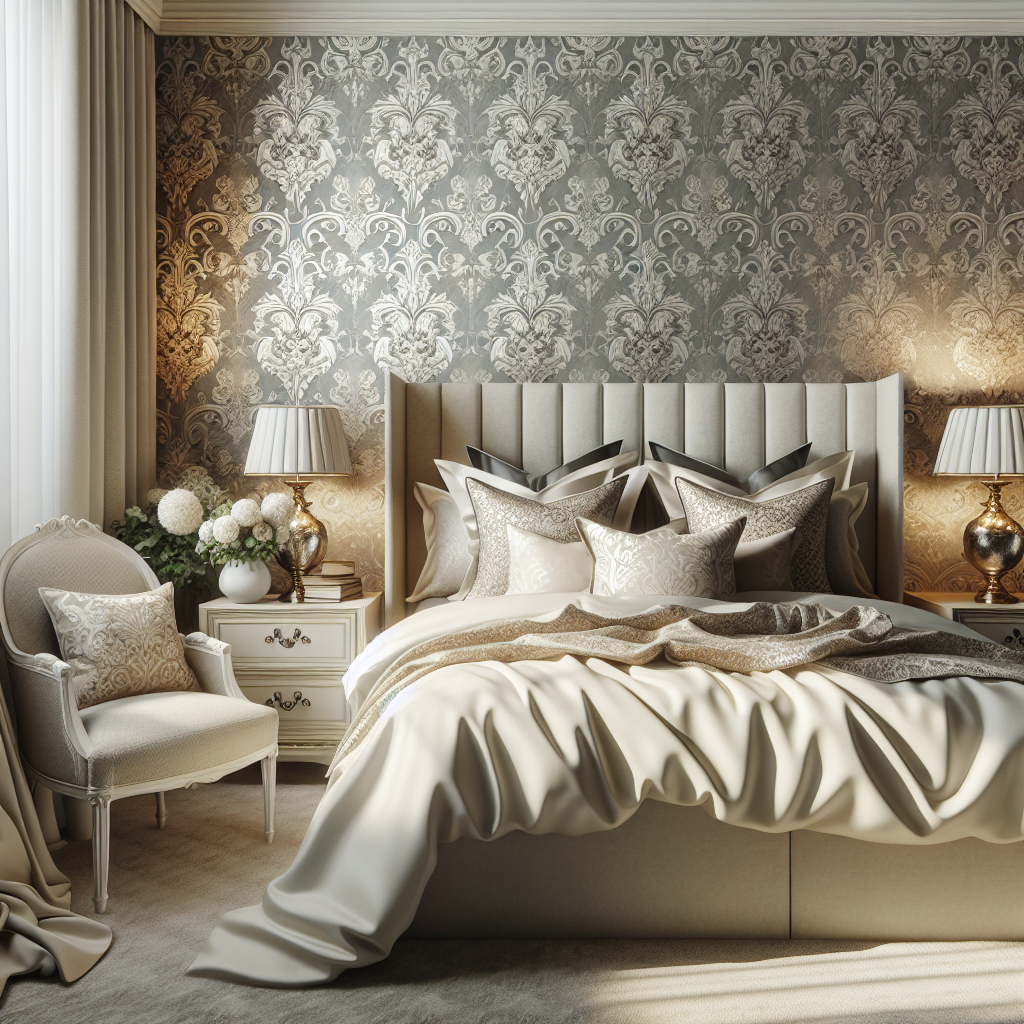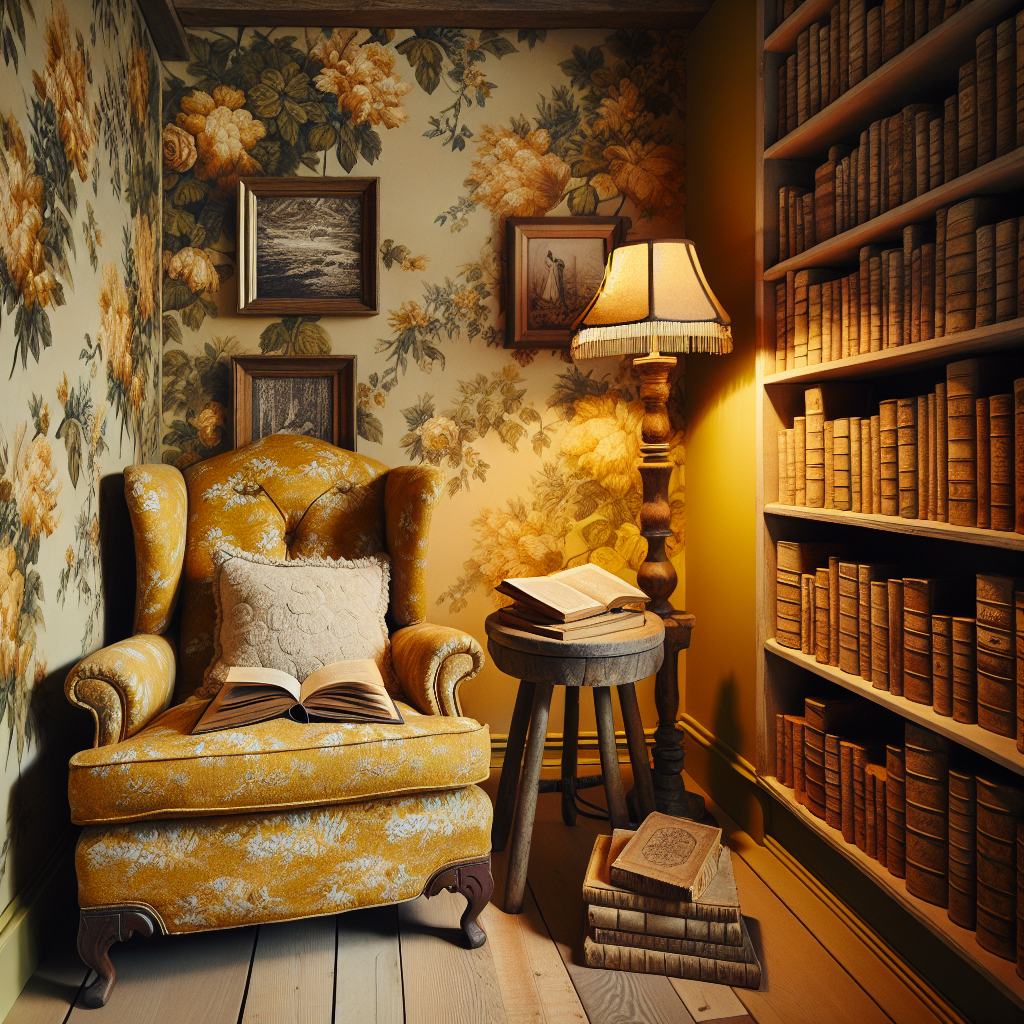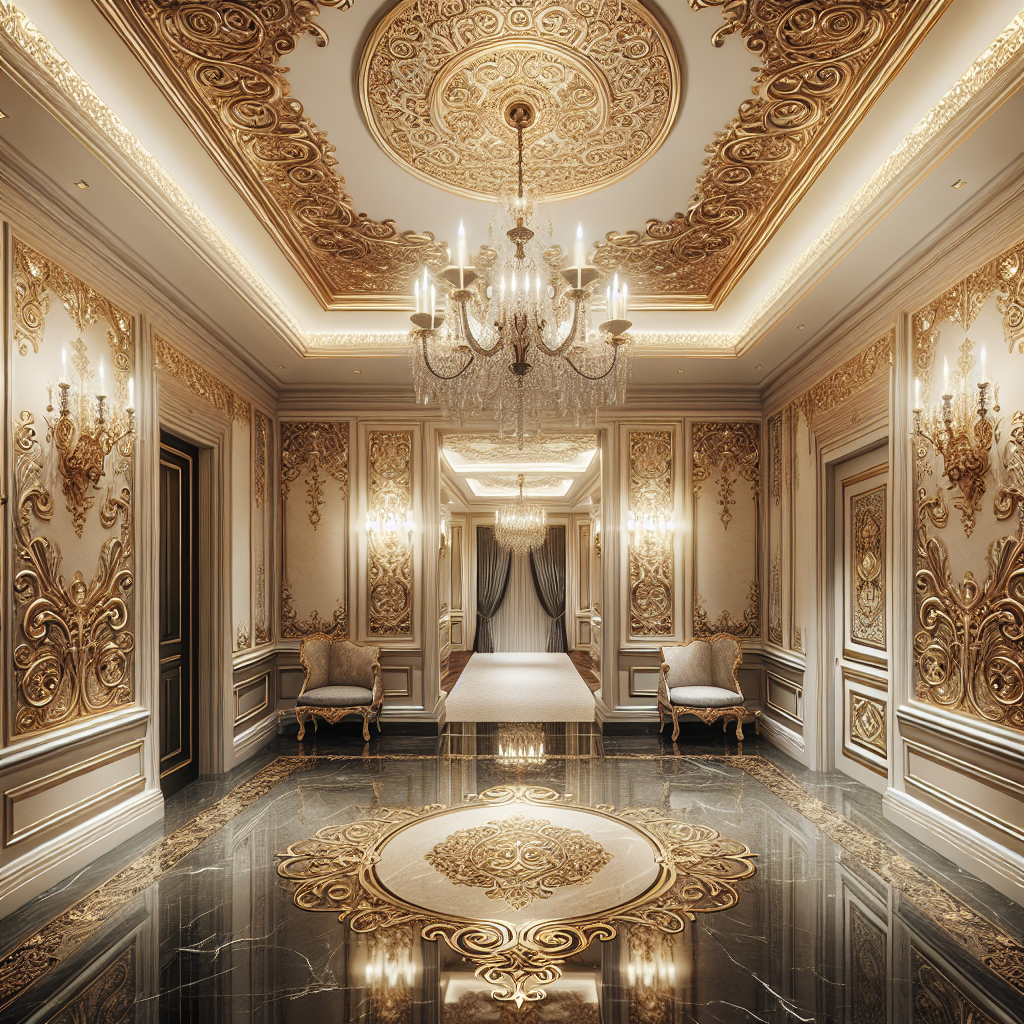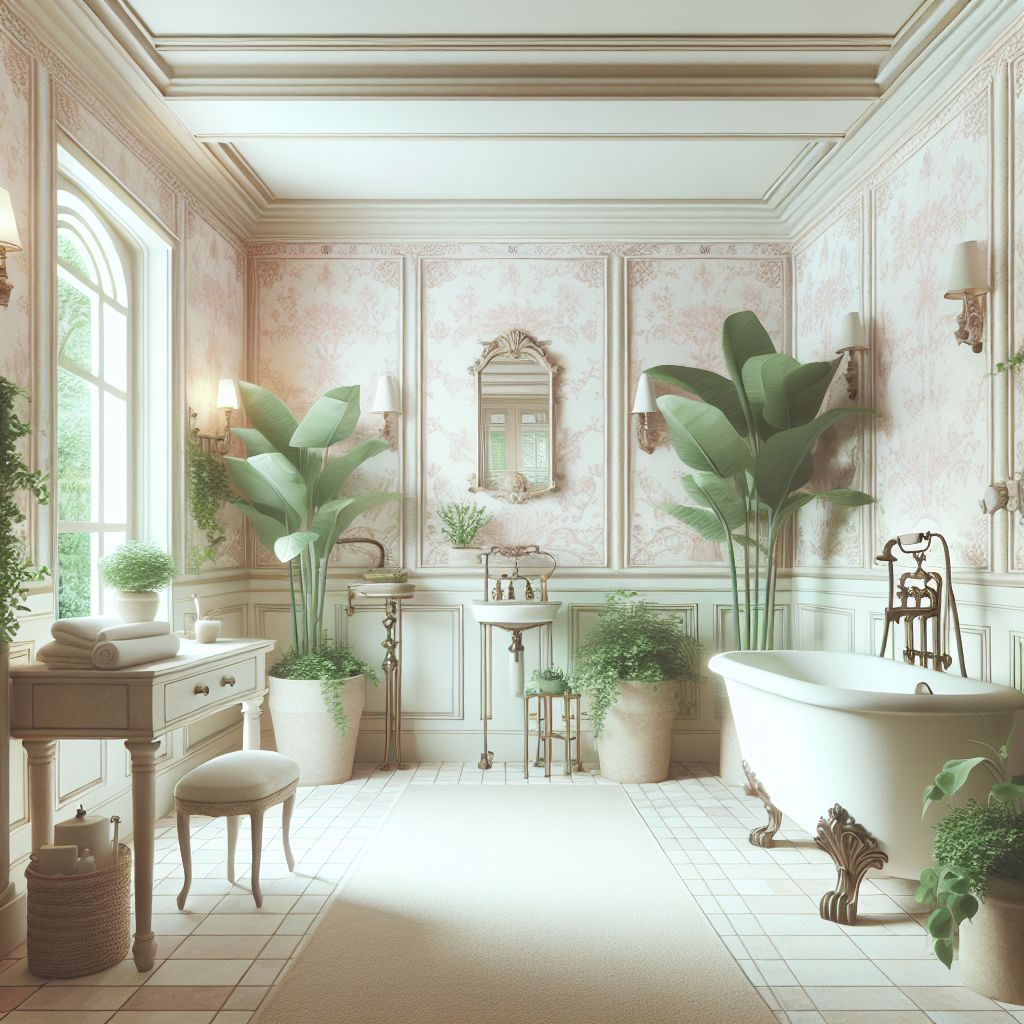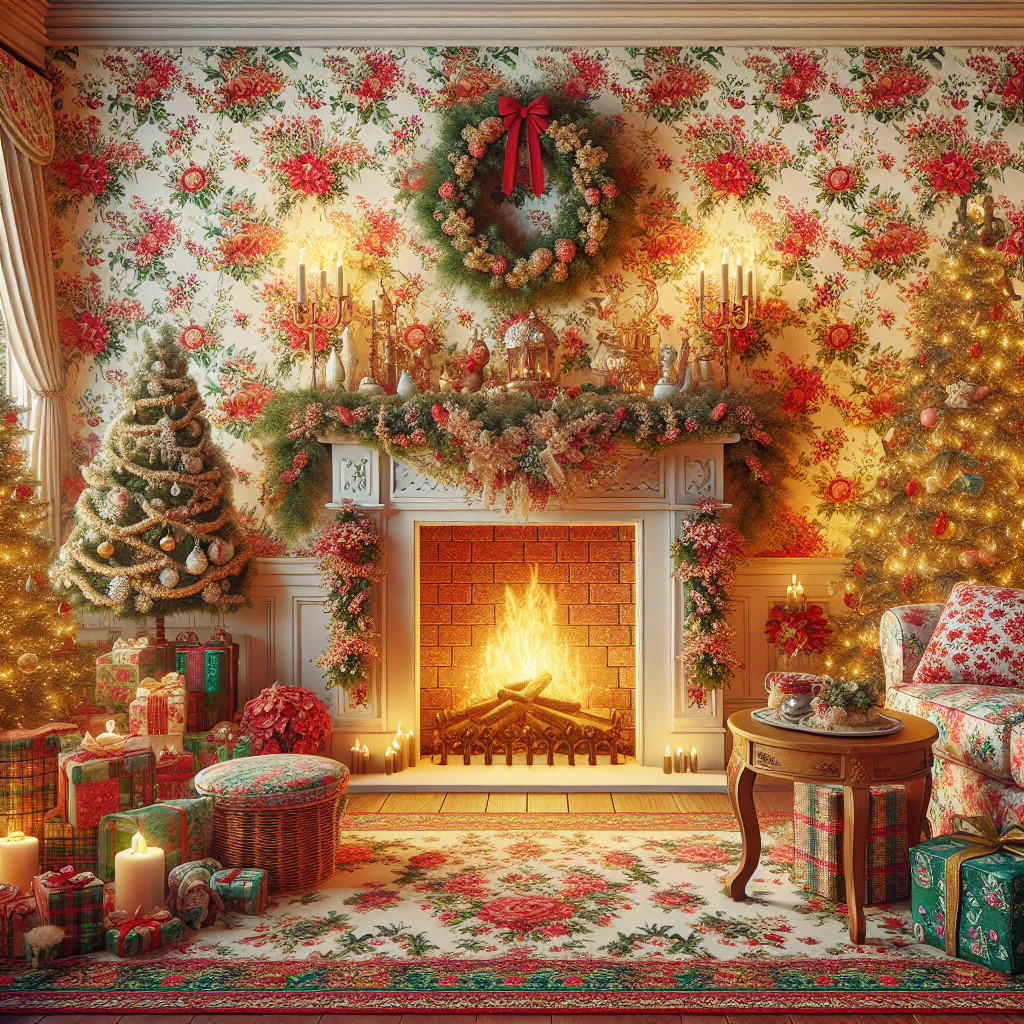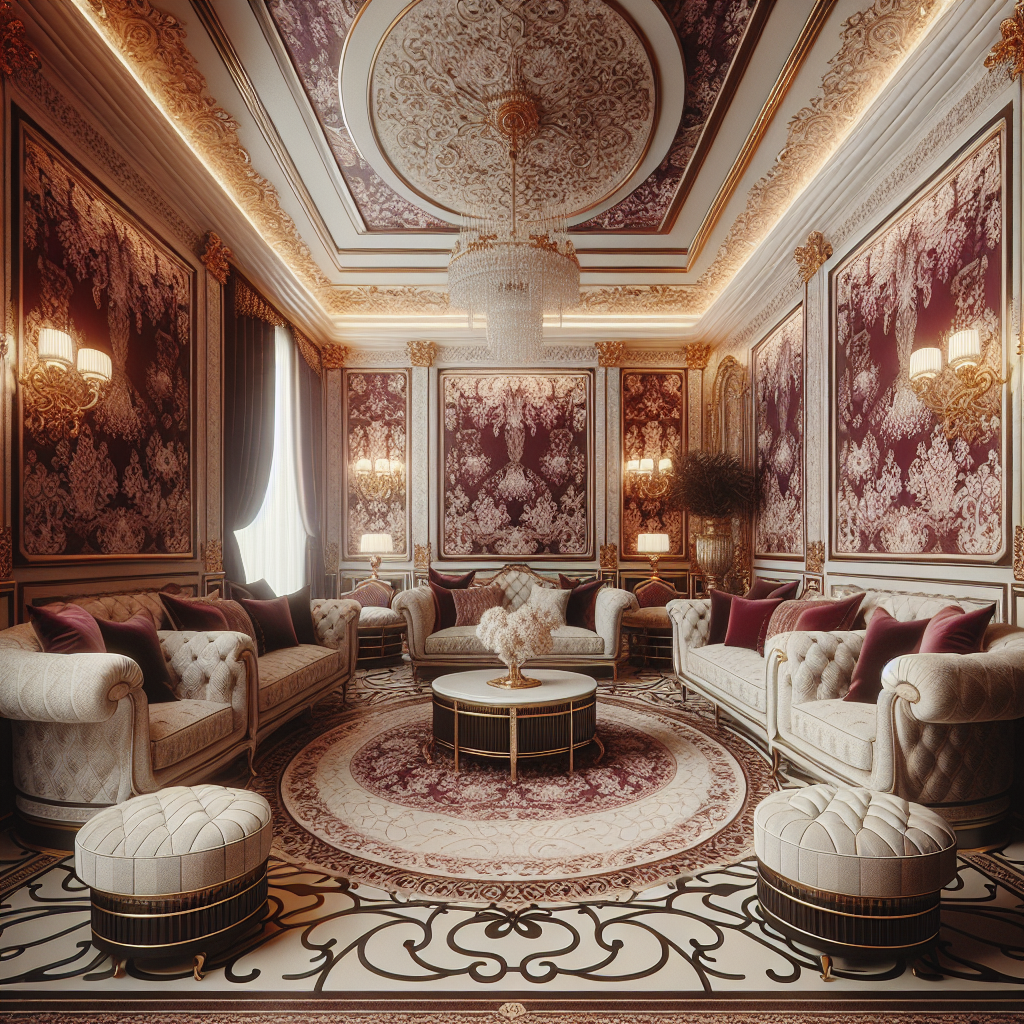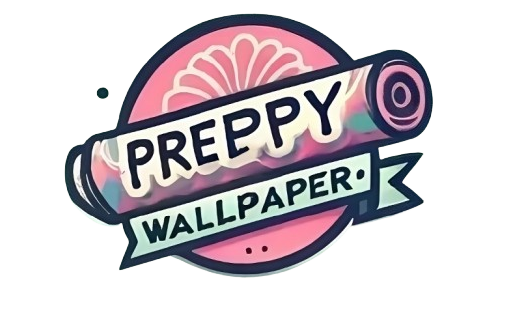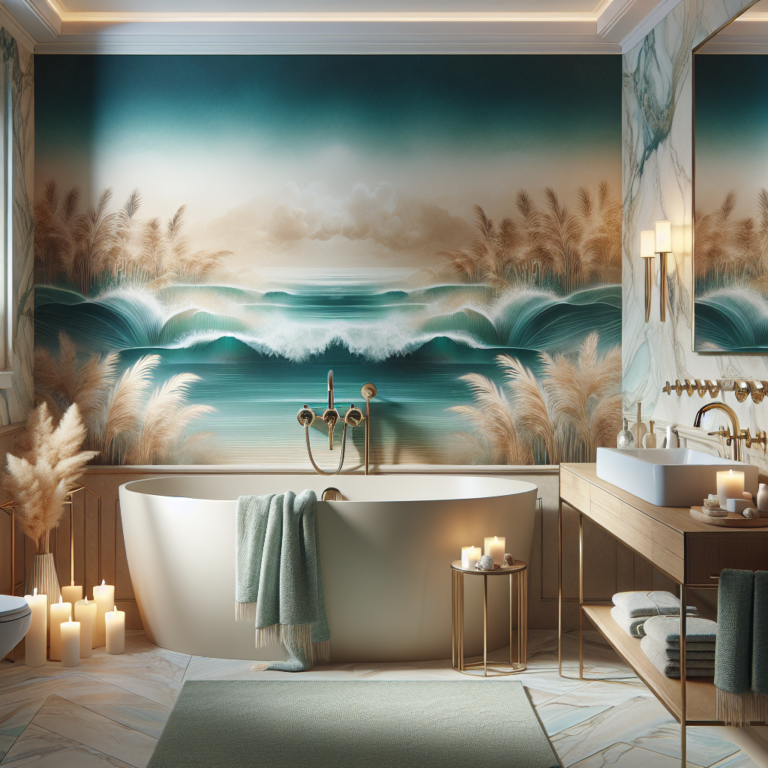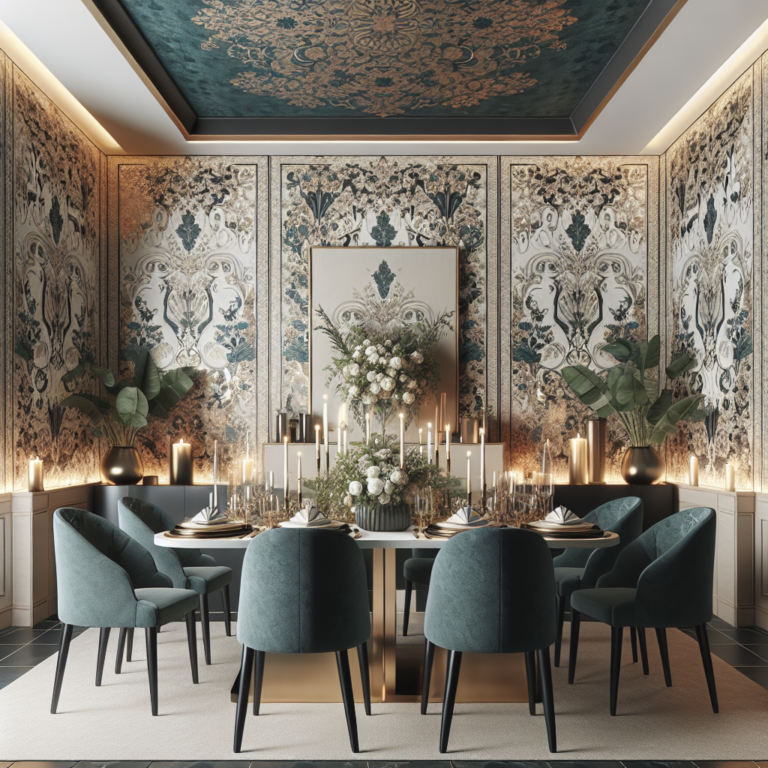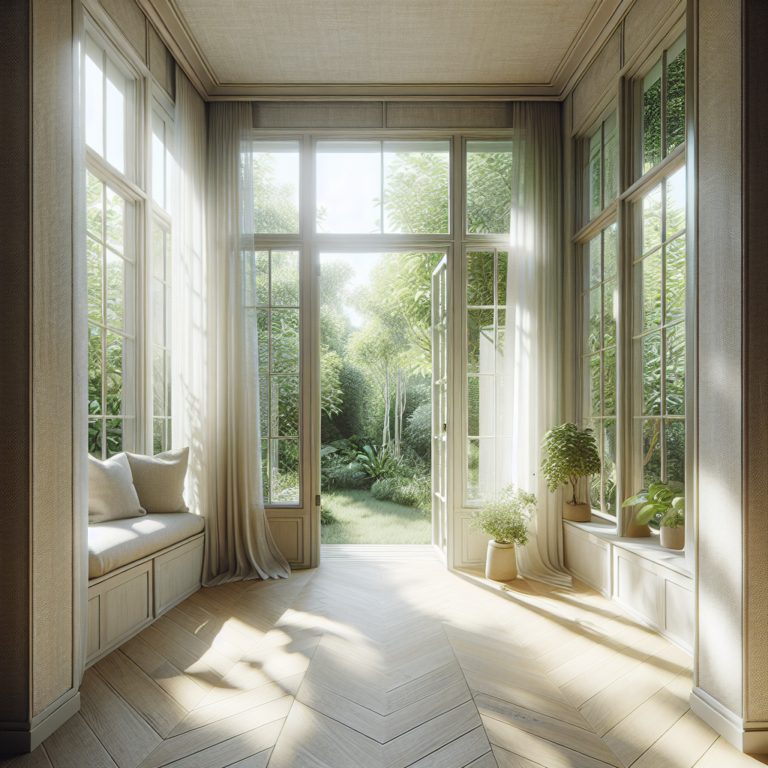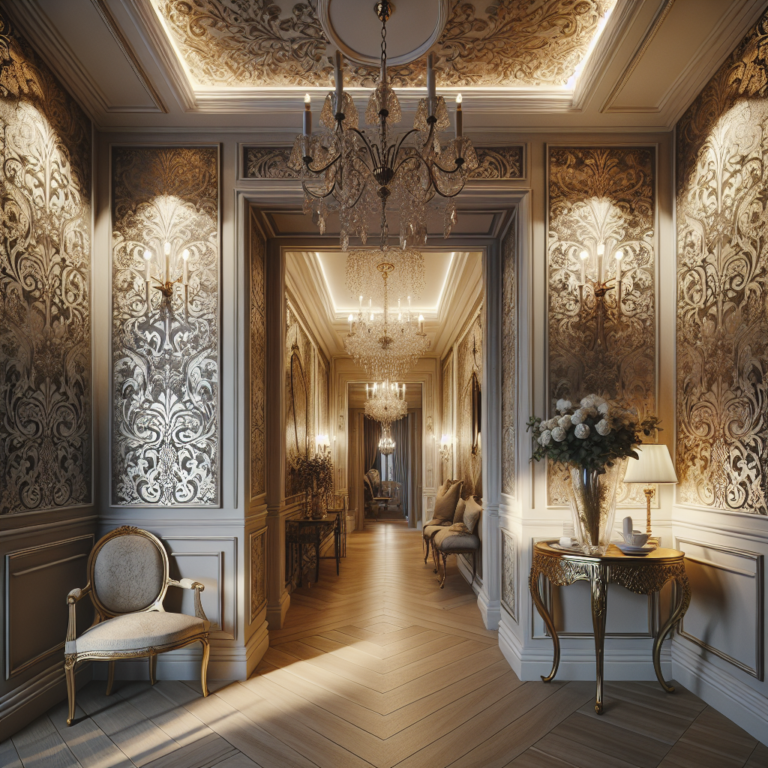18th-Century European Wallpaper Trends You Can Use Today
Introduction to 18th-Century Wallpaper Trends
The 18th century was a vibrant time for interior design, especially when it came to wallpaper. Influenced by movements like Rococo and Neoclassicism, the wallpapers of this era showcased an array of colors, patterns, and textures that transformed spaces. The art of wallpapering became a reflection of personal style and societal status, making it an essential aspect of interior decoration. Today, these trends can offer a rich source of inspiration for modern designers and homeowners looking to add a touch of history and elegance to their interiors.
With the resurgence of vintage aesthetics and sustainable design practices, integrating 18th-century wallpaper trends into contemporary spaces allows you to blend the old with the new. Wallpaper today not only serves as decoration but also as a storytelling medium, allowing you to express your personality while paying homage to the grandeur of the past. Let’s explore various aspects of 18th-century wallpaper trends that can seamlessly fit into your modern decor.
The Evolution of Wallpaper in the 18th Century
During the early 18th century, wallpaper gained prominence as an alternative to tapestries and painted surfaces. Initially made of fabric and later printed on paper, wallpapers reflected the intricacies of the time, replete with floral designs, intricate motifs, and grand classical scenes. Famed artists and craftsmen began to produce elaborate wallpaper patterns, leading to an artistic movement where interiors were considered a canvas of personal expression. The wallpaper created during this period was not just functional but also deeply ornamental, often depicting myths, landscapes, and exquisite botanical illustrations.
As the century progressed, technological advancements revolutionized wallpaper production. The introduction of block printing and later, wallpaper machines, made wallpaper more accessible to the middle classes. This democratization of wallpaper allowed more people to adorn their homes with beautiful designs, reflecting a shift in societal values. Thus, the wallpapers of the 18th century marked a significant turning point, paving the way for personalization in interior spaces that we still embrace today.
Key Patterns and Motifs of 18th-Century Wallpaper
When we think of 18th-century wallpaper, sumptuous floral patterns often take center stage. These designs could range from delicate vines and blooms to bold, sprawling gardens that adorned walls with vibrant life. Such intricate floral motifs were not only visually striking but also symbolized a connection to nature, a popular theme during this era. It’s no wonder that contemporary designers seek to incorporate these lively patterns into modern spaces, transforming walls into stunning focal points.
Another hallmark of 18th-century wallpaper trends includes geometric patterns and architectural features that reflected the Neoclassical movement. Stripes, chevrons, and other geometric designs create a sense of order and balance, often complementing the more ornate floral motifs. Today’s wallpaper choices often take inspiration from these historical designs by merging past and present, offering playful ways to accentuate wall spaces with both graphic and ornate elements. Mixing these elements can lead to a vibrant, layered look that enhances any room’s character.
Colors Inspired by 18th-Century Wallpapers
The color palettes of 18th-century European wallpapers were bold and varied. Pastels were popular, bringing a sense of delicacy to interiors, while deep, rich hues offered a dramatic flair. Soft greens, muted pinks, and buttery yellows created an inviting atmosphere, whereas deep blues and wine reds demanded attention. These colors were often derived from natural pigments, resulting in a softer, more organic look that felt both luxurious and accessible.
Translating these color schemes into today’s interiors can breathe life into any room. Imagine a muted green accent wall adorned with floral motifs that echo the lush landscapes of the past or a dining room framed with rich burgundy, complemented by contemporary artwork. Today’s trend of pairing nostalgic colors with modern furnishings allows for a dynamic aesthetic that evokes historical charm while maintaining a fresh, current feel.
Textural Elements in Wallpaper Design
Textural variety played a significant role in 18th-century design. Designers often incorporated embossed patterns and textures that added depth to flat surfaces. This manipulation made wallpaper not merely a decorative covering but rather a tactile experience. The use of materials like silk and linen created luxurious finishes that reflected light and enhanced the overall design of a space. Modern wallpaper technology has allowed for the reintroduction of these textural elements, but now they come in more readily available and maintenance-friendly materials.
Incorporating texture can enhance emotional resonance in your design. Think about how a textured wallpaper could transform an otherwise plain wall into a conversation starter. Consider options like flocked wallpapers, 3D embossed designs, or even grasscloth varieties that evoke the tactile richness of the 18th century while fitting seamlessly into a contemporary aesthetic. These textures invite touch and exploration, adding to a room’s warmth and liveliness.
How to Mix 18th-Century Trends with Modern Decor
Bringing 18th-century wallpaper vibes into your home doesn’t mean you have to turn back the clock entirely. The key lies in balance and harmony. To blend these historical elements with a modern aesthetic, consider using one feature wall adorned with floral or geometric wallpaper while keeping the remaining walls in a neutral palette. This method allows the wallpaper to pop without overwhelming the space. Pairing vintage wallpaper with minimalist decor can create a layered environment, infusing history into a contemporary setting.
Don’t shy away from mixing styles, either! Combine antique furniture pieces with sleek modern accents to create an engaging dialogue between different eras. Accessories like vintage frames or retro lamps can enhance the ambiance while keeping the overall modern feel intact. Remember, the aim is to craft a space that tells your story—merging the elegance of the past with the simplicity of today’s design trends can yield stunning results.
DIYing 18th-Century Inspired Wallpaper Projects
For the crafty enthusiast, embracing 18th-century wallpaper trends can be a delightful project. Consider creating your own wallpaper patterns inspired by traditional designs—think florals, damask, or geometric prints. Using simple techniques such as stenciling can evoke the intricate designs of the 18th century on a budget. This approach not only saves money but also allows you to personalize your space uniquely.
Another DIY project could be upcycling old furniture with 18th-century wallpaper inspired techniques. Imagine transforming a basic dresser into a statement piece by lining the drawers or covering the surfaces with beautifully patterned wallpaper. This dual-purpose approach not only adds a historical flair but also brings your furniture to life in a modern context, allowing your home to share a glimpse of the past creatively.
Conclusion
Incorporating 18th-century European wallpaper trends into your modern home can create a beautiful juxtaposition of historical elegance and contemporary taste. Whether you’re drawn to the intricate patterns, the lavish colors, or the rich textures, these trends provide endless opportunities for personalization and artistry in your spaces. By understanding the history and essence of 18th-century wallpaper, you can curate an environment that reflects both your style and the beauty of an era long past. So why not take inspiration from centuries gone by and infuse your home with the charm of 18th-century European interiors today?
FAQs
What types of wallpapers were popular in the 18th century?
Common wallpaper styles included floral patterns, damask designs, and geometric configurations. Some wallpapers also featured scenic landscapes, mythological themes, and intricate motifs that captured the aesthetics of the Rococo and Neoclassical movements.
Can I use 18th-century wallpaper designs in small spaces?
Absolutely! Using 18th-century wallpaper in small spaces can create a stunning focal point. Opt for lighter colors and smaller patterns to avoid overwhelming the space. Additionally, a single accent wall can make a significant impact without closing off the area.
Are modern wallpapers patterned after 18th-century styles available?
Yes! Many contemporary wallpaper manufacturers produce designs inspired by 18th-century patterns. You can find a range of options that replicate the intricate floral and geometric motifs typical of that era, often in more modern and easier-to-maintain materials.
How can I mix traditional and modern decor styles effectively?
To effectively mix traditional and modern styles, focus on balance. Pair vintage-inspired wallpaper with sleek, minimalist furnishings. Use accessories, like framed artwork or decorative pillows, to blend elements from various eras harmoniously.
What are some easy DIY ideas for 18th-century inspired decor?
You can create stenciled wallpaper designs, upcycle furniture with vintage patterns, or even craft decorative wall art pieces using the rich motifs of the 18th century. These DIY projects not only add character but offer a fun hands-on approach to decorating your space.
Below are some great examples of these types of designs: